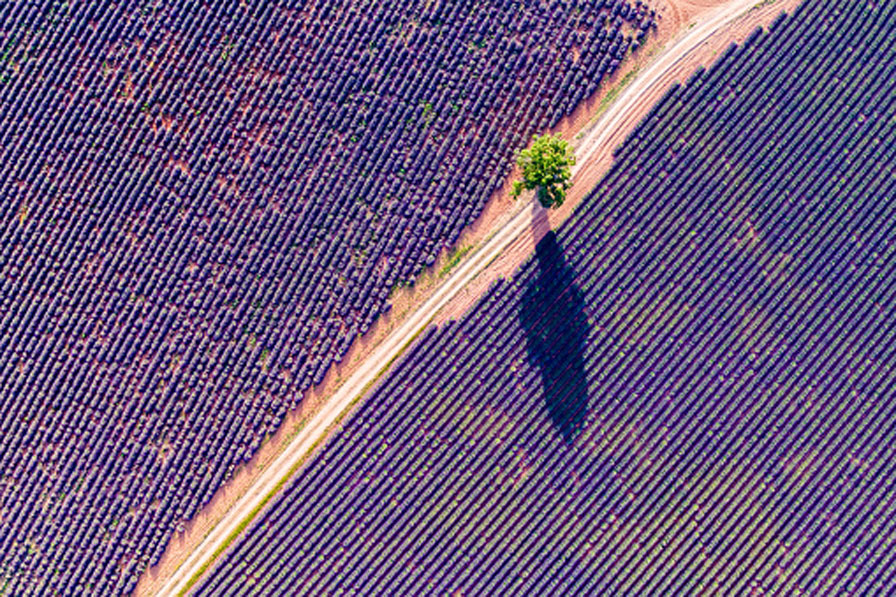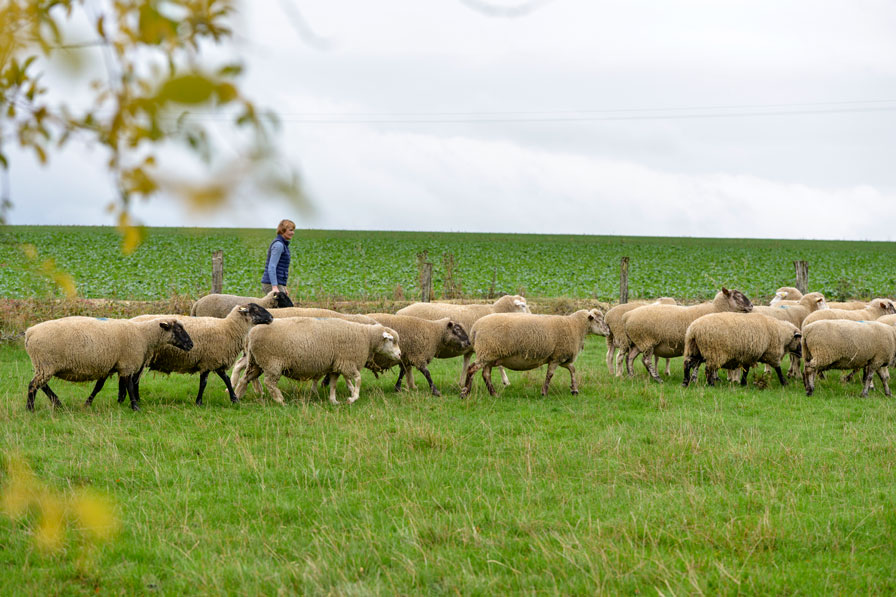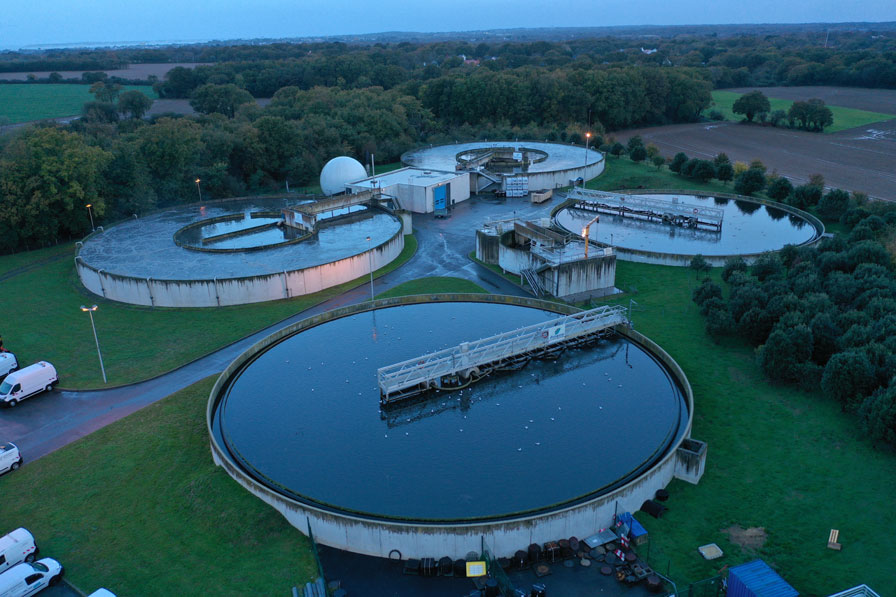We respect the regional environment

Renewable gas production sites are generally designed to be carefully integrated into both urban and rural landscapes. The networks that transmit this energy are discreetly buried underground.
Renewable gases are an energy source of the future that is both virtuous and discreet.
One of the characteristics, and the advantages, of the networks that transmit them is that they are underground. Their presence is simply indicated by yellow markers or bollards. Transporting renewable gases is a safe, discreet and economical way of transmitting large amounts of energy while preserving the landscape.
The regions and biodiversity are protected
The gas transmission network occupies vast areas of land, mainly in rural and forested areas. In addition to preserving the landscape, the greatest care must be taken to consider an entire ecosystem.
This network can become an uninterrupted ecological network that promotes biodiversity around its sites. How is this desire reflected on the ground? By implementing new practices for maintaining open environments intended to protect the flora and fauna that are found on easement strips or operating sites.
Gas networks are becoming networks of ecological continuity
GRTgaz has, for example, initiated a collaboration with an environmental protection association located in Indre. An in-depth diagnosis of maintenance practices and the state of biodiversity on the Châteauroux site was carried out. Several measures were subsequently outlined to transform this place into an oasis of nature in an industrial area surrounded by farms. Responsible mowing and environmentally-friendly grazing practices will be tested by harmonising practices with other companies in the area. There are also plans to restore a hedge that was identified as an important sanctuary for biodiversity.
Alongside this type of local action, the transmission system operator has expanded its cooperation strategy with regional natural parks. This effort will centre around agroecological practices that could become standard practice on their land and installing anaerobic digestion sites located within regional natural parks.
The challenge of integrating into urban and rural environments
The design of future renewable gas production sites is also a key element in preserving the beauty of our regions. Architectural firms and local authorities are becoming increasingly interested in these projects. Integrating them into the local environment, whether urban or rural, is, in fact, an essential challenge in order encourage local residents to accept them. The architectural design and landscaping of these projects give them real added value.
Thanks to their underground networks, renewable gases are discreet, respectful of the biodiversity that surrounds their operating sites, and take integrating positively into rural or urban environments seriously. The are rooted in taking care of nature in our regions.

